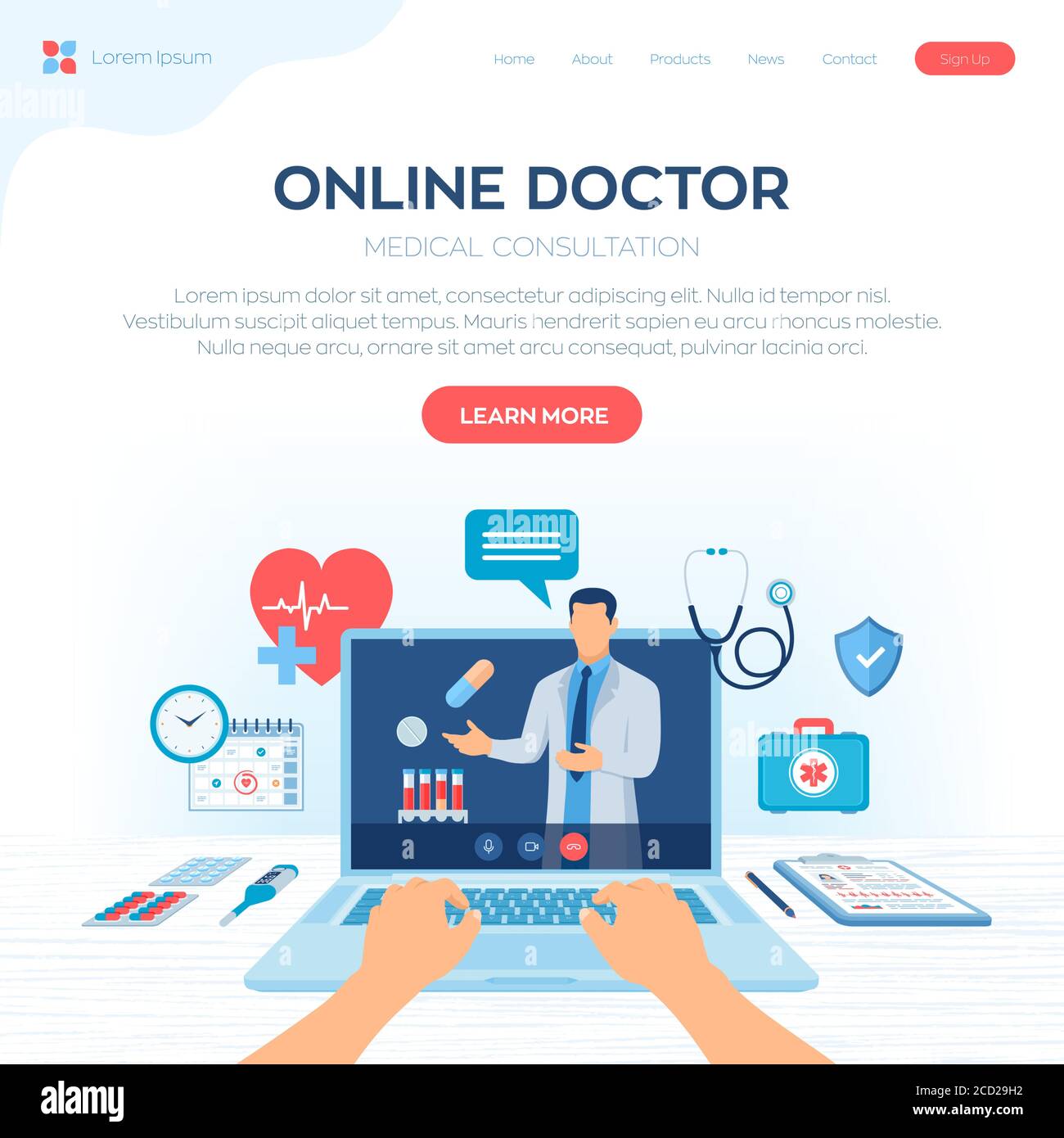The Surge of Subscription-Based Healthcare and Its Influence On Person Care
As healthcare advances, the subscription-based version is getting traction, assuring to reinvent patient treatment by using predictability and availability. The potential for these versions to reshape medical care shipment raises pushing questions concerning their long-lasting sustainability and inclusivity. Are these subscription solutions the future of healthcare, or do they run the risk of leaving susceptible populaces behind?
Understanding Registration Health Care Versions
Comprehending the principle of subscription medical care models includes examining a transformative technique to medical services that stresses affordability and ease of access. These versions, typically described as direct primary care (DPC) or attendant medication, have become cutting-edge options to typical fee-for-service healthcare systems. Membership medical care allows individuals to pay a set monthly or annual charge for a specified set of medical services, which may include unrestricted workplace gos to, routine exams, and standard laboratory tests, without the need for conventional insurance policy billing.
The structure of subscription health care designs is made to simplify patient care by eliminating third-party payers and complicated invoicing codes, consequently lowering management worries. Doctor can concentrate extra on person treatment, promoting stronger patient-provider connections. This design additionally advertises preventative treatment by urging normal brows through, as the economic barrier of per-visit costs is gotten rid of.
The registration version usually encourages medical care carriers to take care of smaller sized individual panels, permitting more personalized treatment. It lines up monetary incentives with person wellness results, as companies are motivated to maintain individual contentment and wellness. In general, understanding membership healthcare versions needs recognizing their potential to improve how treatment is provided and accessed.
Benefits for Carriers and clients

For service providers, subscription-based designs use the possibility to strengthen patient-provider connections. With a consistent profits stream, medical care specialists can commit even more time to every individual, causing an extra personalized and comprehensive care experience. This model also decreases dependence above individual quantities, reducing exhaustion and boosting task satisfaction. The emphasis on preventative care within registration plans can lead to better patient outcomes and reduced long-term medical care expenses. By concentrating on continuous care, companies can resolve problems before they rise, eventually profiting the medical care system in its entirety by decreasing the burden on emergency situation and intense care solutions.
Worries and obstacles
While subscription-based health care designs present various benefits, they also come with a collection of obstacles and problems that need to be attended to. This increases honest questions about fair accessibility to health care solutions.
Financial sustainability of subscription-based versions is one more issue. Service providers have to balance the set earnings from memberships with the variable prices of healthcare services, which may rise and fall due to unforeseen clinical needs. This can develop stress to restrict solutions or boost fees, possibly affecting client complete satisfaction and care quality.
Furthermore, governing oversight of subscription-based health care versions is still progressing. The absence of standardized frameworks can cause inconsistent solution quality and liability, complicating initiatives to ensure person security. The integration of innovation-- often a cornerstone of these designs-- elevates inquiries about data personal privacy and safety and security, as delicate patient info can be vulnerable to breaches. Resolving these challenges is important for the equitable and successful application of subscription-based medical care.
Effect on Patient-Doctor Relationships
One considerable effect of subscription-based check my blog health care versions on patient-doctor partnerships is the possibility for improved connection and individualized treatment. By embracing a subscription design, doctors can handle a smaller client panel, enabling for more devoted time with each individual. This raised accessibility promotes a deeper understanding of a patient's medical history, way of living, and preferences, enabling more tailored treatment plans and treatments.

Nevertheless, it is necessary to identify that while subscription-based designs may profit those that can afford them, they can unintentionally widen health care differences. Individuals who are incapable to take part in these designs may experience subscription based healthcare decreased accessibility to personalized treatment, potentially influencing their connections with healthcare carriers. Therefore, while the subscription design offers encouraging advantages for patient-doctor partnerships, it also presents challenges that require to be addressed to make sure equitable health care accessibility.
Future of Healthcare Accessibility

The role of technology can not be neglected in this improvement. Telemedicine systems and digital health and wellness documents assist in smooth interaction in between individuals and doctor, damaging down logistical and geographical obstacles. In addition, innovations in fabricated knowledge and information analytics can additionally customize medical care by predicting person demands and optimizing treatment plans.
However, the future of medical care gain access to additionally presents obstacles, such as guaranteeing equity across different socio-economic teams. Policymakers and medical care carriers have to team up to connect the digital divide, ensuring that subscription-based versions stay economical and inclusive. As these systems grow, they hold the pledge of making healthcare extra easily accessible, effective, and patient-centric.
Verdict
Subscription-based medical care models are improving patient care by giving a stable expense framework and enhancing accessibility. These versions strengthen patient-provider connections via personalized care and normal gos to, highlighting preventative health. In spite of these advantages, obstacles such as ease of access concerns for low-income populaces and the need for equitable health care remedies persist. The increase of subscription-based health care urges aggressive person engagement, which has the prospective to enhance individual outcomes and satisfaction, signaling a transformative change in healthcare delivery.
As healthcare evolves, the subscription-based version is obtaining grip, guaranteeing to reinvent individual care by offering predictability and accessibility.Subscription-based healthcare versions use unique advantages for both patients and service providers, boosting the general healthcare experience.As healthcare systems advance, the future of health care gain access to frequently hinges on the integration of cutting-edge designs and innovations.Subscription-based health care versions are reshaping patient treatment by offering a stable cost structure and improving access. The increase of subscription-based healthcare urges positive patient interaction, which has the Check This Out potential to enhance patient results and complete satisfaction, signifying a transformative shift in medical care delivery.